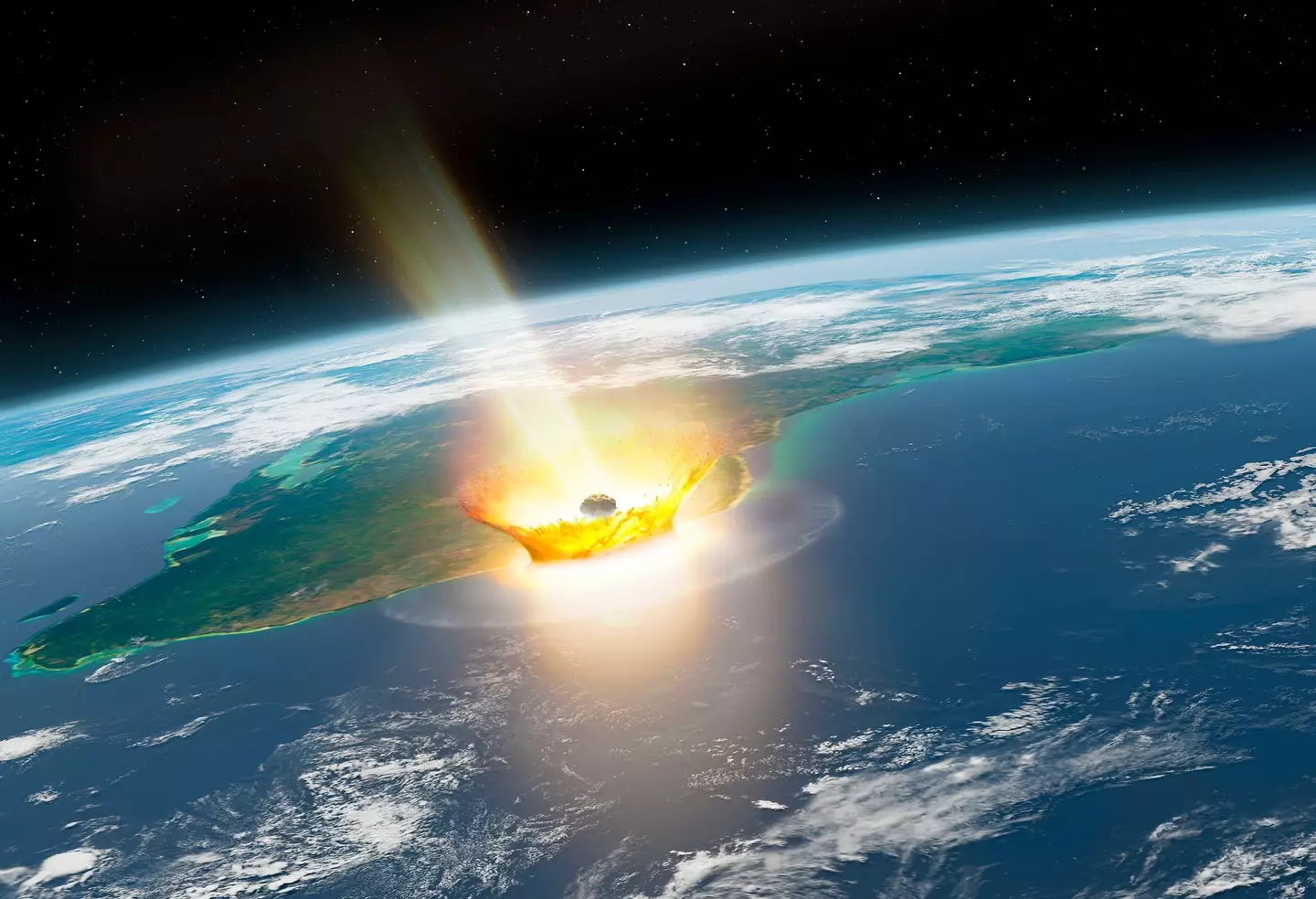The spacecraft will tumble back to the Earth in as little as ‘two weeks from now’ and may ‘crash down hard’ like a meteorite, space lecturer and tracker Dr. Marco Langbroek wrote in a blog post and later shared on X.
“And from our current modelling, the reentry should happen near 10 May, give or take a few days,” the space object tracker said. “Over the past few months, the model consistently points to reentry within a few days of 9-10 May 2025.”
Dr. Langbroek, at the Delft University of Technology, added that there’s only a small chance the space probe will burn up on reentry.
“As this is a lander that was designed to survive passage through the Venus atmosphere, it is possible it will survive reentry through the Earth atmosphere intact, and impact intact,” he explained. And while the spacecraft is equipped with a parachute, there’s a good chance it no longer works.
NASA scientists flagged a massive space rock with a 1-in-83 chance of striking Earth in 2032. (MARK GARLICK/SCIENCE PHOTO LIBRARY/Getty)
“If it survives reentry, it will come down hard,” Dr. Langbroek told Popular Science.
The probe is roughly a metre wide and weighs just under 500kg. It could reenter the atmosphere and hit the Earth at a speed of about 250kmph, the lecturer said, adding: “The risks involved are not particularly high, but not zero.”
More worryingly, pinpointing the exact time and location is unclear. “With an orbital inclination of 51.7 degrees, the reentry can occur anywhere between latitude 52 N and 52 S,” Dr. Langbroek described. This could be anywhere as far north as the UK and or as far south as New Zealand.
In the meantime, trackers continue to observe the space probe to gather more data about its landing whereabouts.
“The uncertainty in the reentry date will decrease once we get closer to the actual reentry, but even on the day, uncertainties will remain large,” Dr Langbroek continued.
For now, all we can do now is hope.




